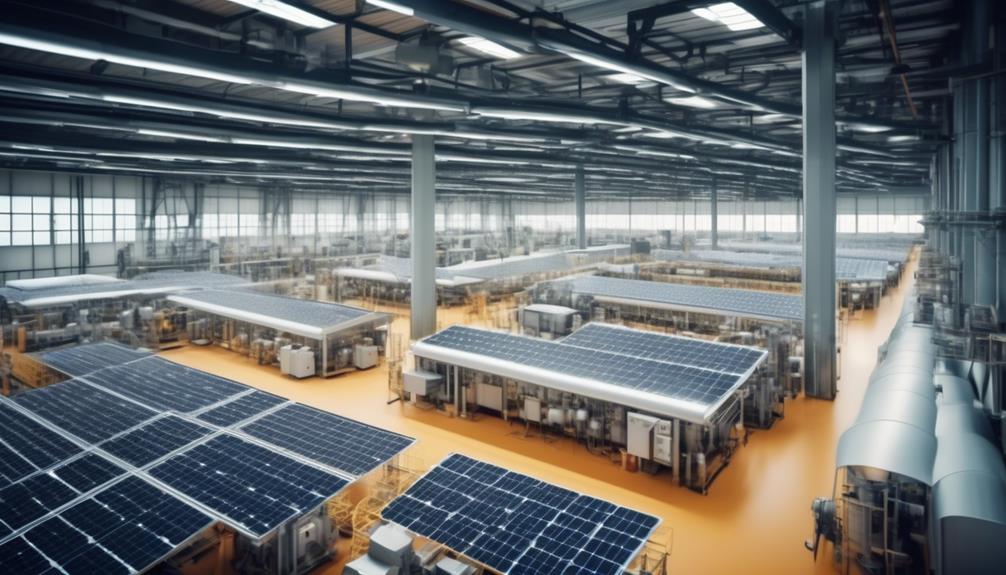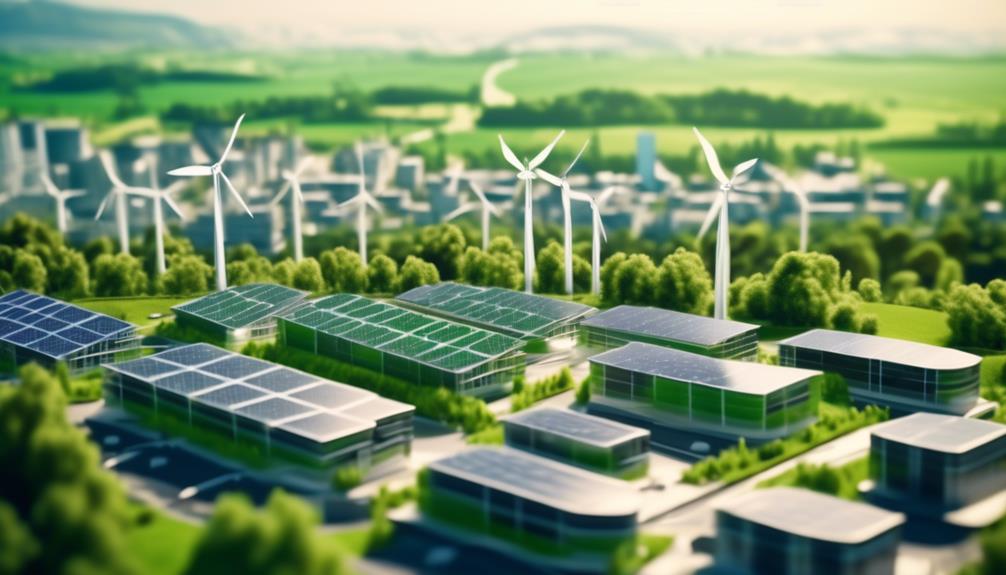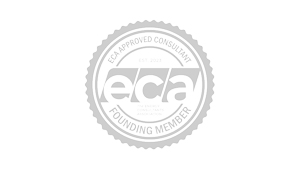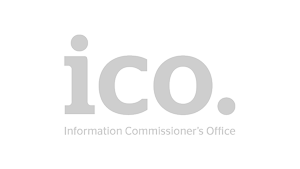In the intricate world of industrial operations, the acquisition of energy is not just a necessity but a pivotal aspect of maintaining competitiveness and sustainability. As businesses delve into the energy market, they are met with the daunting challenge of balancing cost-efficiency with reliability and eco-friendliness. This multifaceted dilemma demands a strategic approach to navigate the complexities of energy procurement, a task that requires not only an understanding of market dynamics but also a keen eye for innovation and risk management. With years of experience in the energy sector, the insights shared here draw upon a deep well of expertise, aimed at demystifying the process and guiding industries toward making informed decisions that align with their operational goals and environmental responsibilities.
Understanding the specific needs of industrial entities and the hurdles they face in securing optimal energy solutions is the cornerstone of our approach. The journey toward achieving a balance between cost, reliability, and sustainability in energy sourcing is filled with potential pitfalls and opportunities alike. As we delve into the five key strategies for industrial energy sourcing, readers can expect to uncover practical advice and actionable insights that cater directly to their unique context.
This exploration is not just about presenting options but about empowering businesses to make choices that propel them forward in an increasingly competitive landscape. So, let’s embark on this journey together, equipped with the knowledge and tools needed to transform energy sourcing into a lever for enhanced operational efficiency and sustainability.
Key Takeaways
- Conducting an energy audit is crucial for understanding consumption patterns and identifying areas for improvement.
- Leveraging competition among suppliers and thoroughly assessing potential suppliers can help lower energy costs.
- Monitoring and analysing energy market trends is essential for making informed procurement decisions.
- Mitigating risks in energy sourcing through diversification, fixed price contracts, and staying informed about regulatory changes is important for stability and cost management.
Assessing Energy Needs and Consumption Patterns
Assessing energy needs and consumption patterns is a crucial step in developing effective industrial energy sourcing strategies. Understanding energy usage patterns is essential for optimising equipment efficiency and identifying areas for improvement. To achieve this, conducting an energy audit is necessary. This audit involves analysing energy consumption data to determine peak usage times and seasons. By identifying these patterns, industries can make informed decisions regarding procurement and ensure that energy usage aligns with demand.
Another important aspect of assessing energy needs and consumption patterns is identifying the equipment that contributes the most to energy consumption. By understanding which equipment consumes the most energy, industries can prioritise optimising the efficiency of these specific units. This can be done by implementing energy-efficient technologies, conducting regular maintenance, and exploring alternative energy sources.
Optimising equipment efficiency is key to reducing energy consumption and minimising costs. By analysing consumption patterns and identifying energy-intensive equipment, industries can develop strategies to improve efficiency. This may involve investing in energy-efficient equipment, implementing energy management systems, or re-evaluating operational processes.
Exploring Energy Procurement Options
Exploring energy procurement options involves carefully analysing and evaluating the various avenues available to industries for sourcing energy, with a focus on optimising cost-effectiveness and sustainability.
In deregulated energy markets, industries have the opportunity to lower their energy costs by leveraging competition among suppliers. This process begins with energy supplier selection, where industries assess the reliability, reputation, and pricing structures of potential suppliers. It is crucial to thoroughly understand energy contracts and the components of the contract price to ensure transparency and avoid any unexpected costs.
Conducting a detailed analysis of energy usage patterns is also important for forecasting future energy needs and determining the appropriate procurement strategy. By establishing priorities and objectives, industries can align their procurement objectives with company priorities, such as reducing carbon emissions or supporting renewable energy sources.
To ensure accurate and strategic energy purchases, industries can utilise energy management software for real-time visibility into energy usage. This software provides valuable insights that enable industries to negotiate contracts based on actual energy consumption patterns and optimise their energy procurement decisions.
Analysing Energy Market Trends
After thoroughly evaluating energy procurement options and establishing priorities and objectives, industries must now shift their focus to analysing energy market trends in order to make informed and strategic procurement decisions. Understanding market dynamics and predicting price movements are crucial for industries to stay ahead in the competitive energy market.
Here are some key strategies for analysing energy market trends:
- Monitor market fluctuations: Industries should closely monitor and analyse market fluctuations to identify patterns and trends. This includes keeping track of supply and demand dynamics, geopolitical events, and policy changes that could impact energy prices and availability.
- Utilise market analysis tools: Advanced market analysis tools can help industries identify trends, predict future market movements, and strategically time their energy purchases for cost savings. These tools provide valuable insights into pricing trends, market forecasts, and risk assessments.
- Stay informed and updated: In the ever-changing energy market, it is essential for industries to stay informed and updated with the latest market dynamics. This includes regularly monitoring industry news, participating in industry forums, and engaging with energy market experts.
- Incorporate renewable energy opportunities: As sustainability becomes a key priority for industries, it is important to incorporate renewable energy opportunities into procurement strategies. This not only helps in long-term cost management but also reduces the risks associated with fossil fuel dependency.
- Adapt procurement strategies: Based on the analysis of energy market trends, industries should adapt their procurement strategies accordingly. This may involve adjusting purchasing volumes, diversifying suppliers, or exploring innovative energy solutions.
Mitigating Risks in Energy Sourcing
Mitigating risks in energy sourcing involves implementing proactive strategies to safeguard against supply disruptions, price fluctuations, and regulatory changes in the energy market. To ensure a stable and reliable energy supply, industrial energy consumers need to evaluate their energy suppliers and diversify their energy sources. This can be achieved by entering into contracts with multiple suppliers and exploring renewable energy options.
In evaluating energy suppliers, it is essential to assess their reliability, financial stability, and track record in delivering consistent energy supply. Conducting due diligence and considering the supplier’s reputation in the industry can help mitigate the risk of potential disruptions.
To protect against price fluctuations, industrial energy consumers can opt for fixed price contracts or implement price caps. This helps to stabilise energy costs and ensures budget predictability.
Furthermore, staying informed about regulatory changes is crucial in mitigating risks in energy sourcing. By actively monitoring and adapting to evolving regulations, industrial energy consumers can stay ahead of compliance requirements and identify opportunities to incorporate renewable energy sources. These sources not only help reduce carbon emissions but also offer incentives such as tax credits, grants, and subsidies.
Implementing and Monitoring Energy Procurement Strategy
To effectively manage and optimise energy sourcing, industrial energy consumers must establish and closely monitor their energy procurement strategy. This involves implementing a comprehensive approach that takes into account various factors such as energy usage, costs, and market conditions. By following these key strategies, industrial energy consumers can achieve significant energy savings and improve overall cost management.
Here are five essential steps to implementing and monitoring an energy procurement strategy:
- Monitor energy usage and costs: By regularly monitoring energy usage and costs, industrial energy consumers can identify areas of inefficiency and take steps to reduce energy consumption. This data-driven approach enables them to make informed decisions about energy procurement.
- Seek opportunities in deregulated energy markets: In deregulated energy markets, industrial energy consumers have the opportunity to choose their energy suppliers. By leveraging competitive bidding and negotiating contracts, they can secure favourable energy prices and reduce expenses.
- Conduct supplier evaluations: Industrial energy consumers should evaluate potential suppliers based on their reliability, pricing, and commitment to sustainability. This evaluation process helps ensure that the chosen suppliers can meet the energy demands of the industrial facility efficiently.
- Understand energy contracts: It is crucial to understand the nuances of energy contracts to avoid penalties and optimise cost management. By reviewing and negotiating contract terms, industrial energy consumers can secure beneficial pricing and terms.
- Measure results and make adjustments: Industrial energy consumers should continually measure and track their energy spend to assess the effectiveness of their procurement strategy. By analysing data and making adjustments, they can improve energy efficiency and cost management.


















